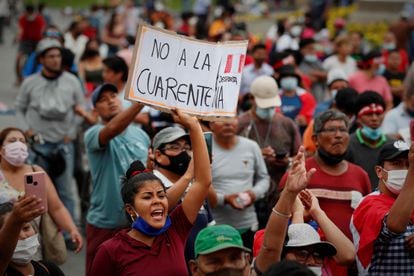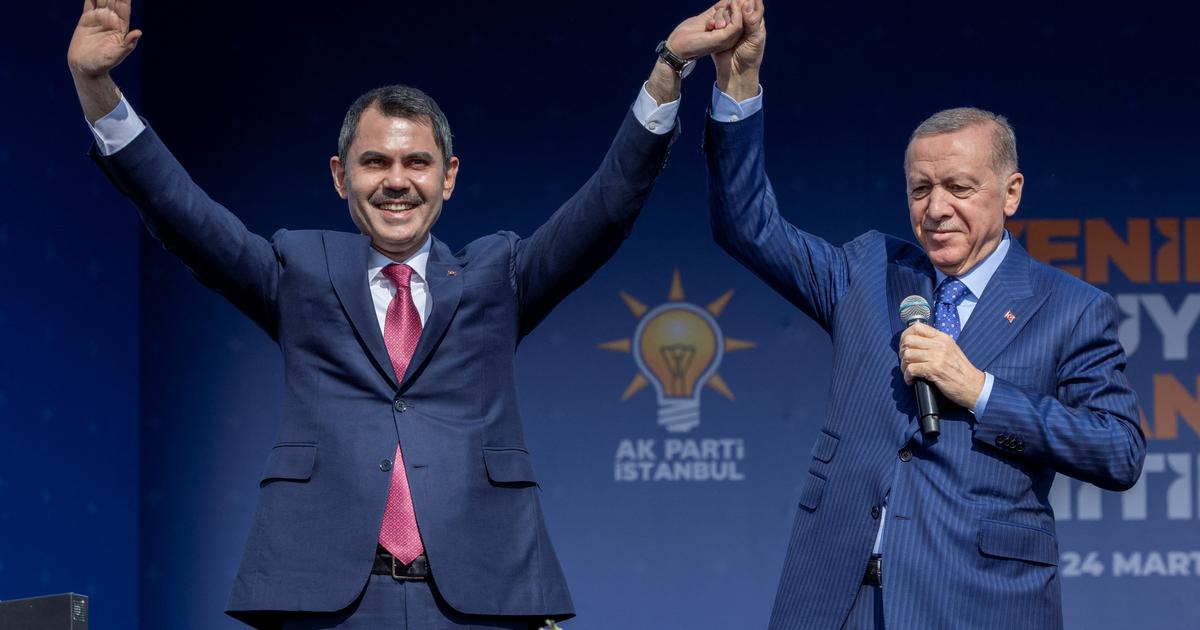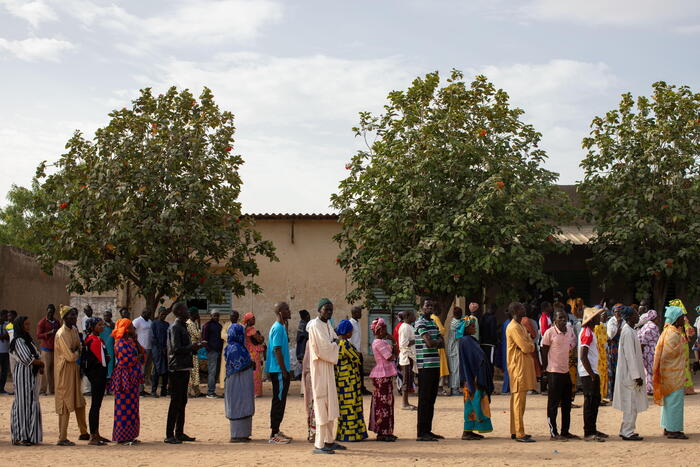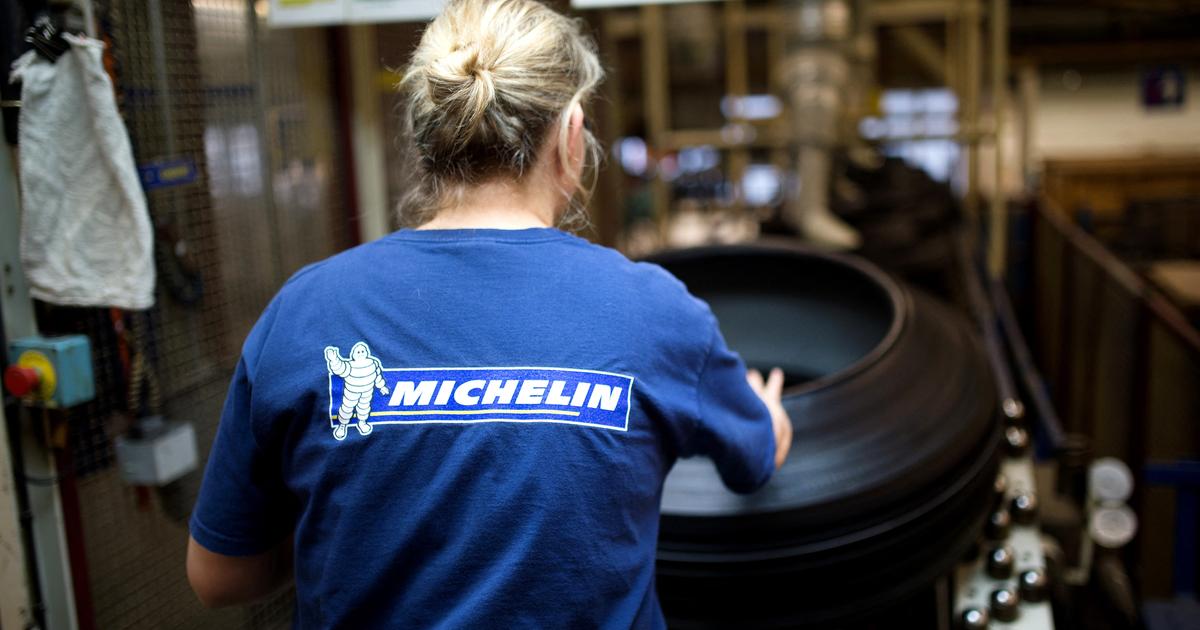Hundreds of people participate in a demonstration against quarantine, in Lima, last January.Paolo Aguilar / EFE
Peru's economic history is told as a success.
A Latin American country that opened up to private investment, developed a strong mining industry, and adhered to fiscal discipline, lifted millions out of poverty.
But on Sunday, Peruvians will decide whether or not they want to continue this economic model when they go to the polls to vote for their next government.
Five presidential candidates and aspiring legislators campaign exploit an enormous vulnerability exposed by the pandemic: inequality.
Peru suffered the deepest economic downturn in Latin America last year after Venezuela, with its gross domestic product (GDP) plummeting 11% as a result of lockdowns from the pandemic.
The International Monetary Fund expects its recovery to be the largest in the region this year, bouncing 8.5%.
For more than a decade, the country grew rapidly, fueled in part by an international commodity boom that allowed it to tap into its mines.
Thanks to a strong fiscal policy, the Government reduced its public debt to a very low level.
Today, Peru has the best credit rating in Latin America after Chile.
From 2006 to 2019, the country reduced poverty from 20% of the population to 12.7%, according to an estimate from the United Nations Development Program.
The World Bank assures that its Gini coefficient, an indicator that measures inequality, dropped dramatically in those years.
But the pandemic exposed what's behind these metrics.
In November a political crisis broke out derived, in part, from a lack of trust in the Government and also from the evidence that a part of the population was experiencing the pandemic from a position of privilege and security while many others suffered in the informality.
In two weeks that month, Peru had three presidents and the streets of the capital erupted in protests that were harshly repressed by police.
The situation forces us to ask why, if the economic model has been so successful, there is so much discontent.
The answer divides the experts.
“I honestly do not believe that Peru is a case of economic success”, says Marco Avilés, a Peruvian academic and author specialized in racism and identity, “because a country that is continually motivating people to uproot, to leave their lands, to migrating to look for elementary things, such as access to a school or a university or a hospital, is not a successful country ”.
A third of the 32 million Peruvians live in the capital Lima because to enjoy the economic advances of the country you have to live in the city, points out Avilés, who is currently pursuing a doctorate at the University of Pennsylvania.
During the pandemic, for example, stories of people living in the countryside who lost their lives in transfers of up to 12 hours to the nearest hospital flooded social networks.
“Faced with this spectacle of death and migration, many people have begun to launch this commonplace that the pandemic has shown us inequalities, but inequalities have always been in Peru.
What happened was that, from the elites, these inequalities have not been shown and neither have these elites been interested in discussing them, ”says Avilés.
"I think that now, in these particular elections, the feeling is very strong that those who finally decide who governs are quite backward business groups."
It is unlikely that the winners of the elections will be defined, at least for the position of President, on Sunday, since the vote is divided into several candidates.
A second round is expected to take place.
The next government will inherit a difficult economic situation and it is made more complicated by the political situation, says Pedro Tuesta, a Peruvian economist and independent consultant.
In order to regain lost ground, the country will depend on foreign trade and rapid vaccination, but there is a risk that Congress will end up divided into so many parties that they will not agree on how to achieve it.
"The easiest thing would be that, before a Congress where there are members of 10 different political parties, the parties unite to pass populist measures, because everyone likes to spend," he points out, "a more rational long-term proposal does not generate votes in the short term ”.
Higher spending has not guaranteed lower inequality or a better quality of life for Peru.
A year ago, Peru announced an ambitious economic aid package equivalent to 12% of its GDP as an emergency measure due to the pandemic, but the results were not as expected.
During the second quarter of the year, the economy fell by 30%, its worst fall in history, and a large part of the most vulnerable population did not receive help for operating in the informal sector.
“We are very concerned about the fact that this election is putting a lot of debate on a model that has served the country so well but that is being questioned, and that is on the edge of the abyss, in terms of possible constitutional changes, by means of a turnaround. public policies towards a little more populism, greater fiscal irresponsibility and a little hostility to the private sector ”, says Jaime Reusche, analyst of the credit risk of the sovereign debt of Peru in the Moody's rating agency.
"That is particularly dangerous from the point of view of qualification because it is something that we will be observing, not only during these elections on April 11, but also in the second round and what is the public policy agenda that the new Government brings at this very important moment, ”added Reusche.
But the hardest thing, Reusche points out, is the setback that the country is suffering.
"The little that could be advanced in terms of the generation of formal jobs will have been lost," says the specialist, "we are talking about a setback of almost a decade, in terms of social progress, because there was a lot of that economic growth it reached and filtered to many sectors of the population, not all of them, but a large number of them, which offered them greater income and better opportunities ”.
"It is this social progress that occurred which is going to generate enough demands from the population, and that is perhaps why we see this request or call from the population to fall into that temptation of populism," concludes Reusche, "because it is the easier way out to recover, in the eyes of the ordinary citizen, the progress of the last decade that was lost ”.














